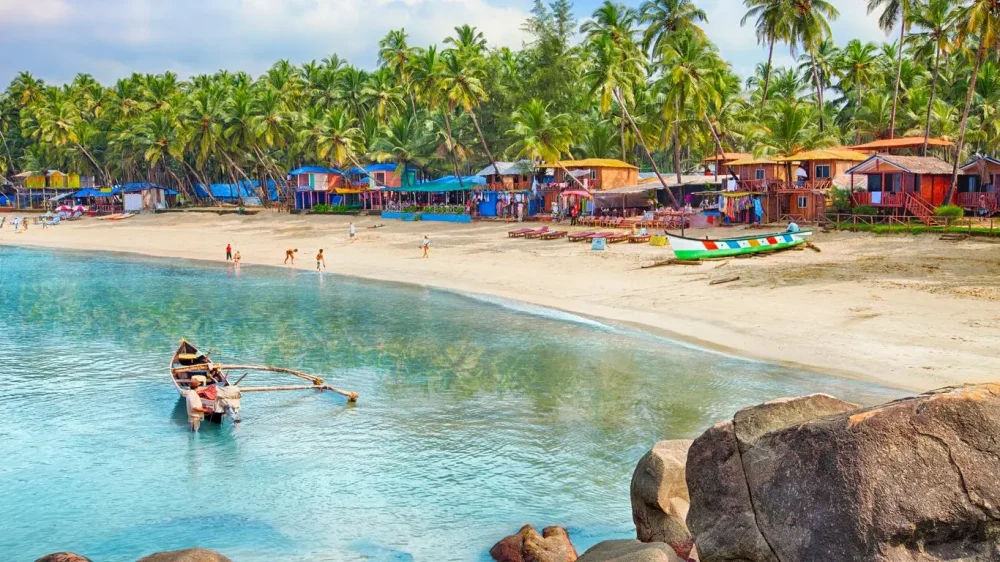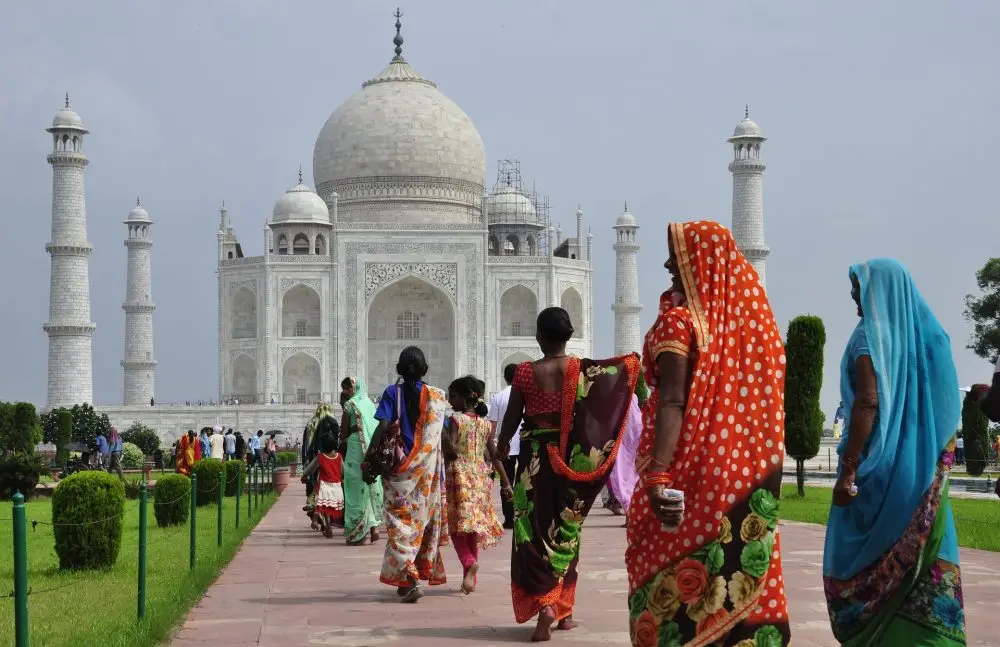Baggage check is like the first level of security before a flight: pass it — fly, make a mistake — pay. What can be taken in carry-on luggage on a plane depends not on luck, but on specific rules that vary depending on the airline, fare, and even destination. Understanding these nuances turns packing a suitcase from a lottery into a precise calculation, where every gram and every millimeter matter.
Lack of precise information when packing luggage creates additional stress at the airport. A passenger who forgets to clarify the requirements for carry-on luggage risks spending money on excess baggage even before check-in.

The airline sets specific baggage dimensions. For most low-cost carriers, the standard is 55×40×20 cm. For flagship airlines like Turkish Airlines, slightly larger dimensions are allowed — 55×40×23 cm, and for Aeroflot in economy class — up to 10 kg, in business class — up to 15 kg. The baggage must fit into the measuring frame at the check-in counter. Exceeding the limits results in on-the-spot payment, often at an inflated rate.
The allowable weight of carry-on luggage also varies. For example, Ryanair limits it to 10 kg, while Qatar Airways allows up to 7 kg, plus a personal item like a backpack or laptop bag.
To save time at the airport and avoid conflicts during security screening, updating the list of permitted items is a mandatory step before each flight.
Here is a list that most airlines allow:
Requirements for carry-on luggage are constantly updated. Some airlines may refuse to carry items that others allow. Checking on the carrier’s website or app is mandatory.
During screening, the security control pays special attention to liquids. The main rule is: the volume of one container — up to 100 ml, the total volume of all liquids — not more than 1 liter. Everything must fit into a transparent plastic bag 20×20 cm. Violation results in confiscation or prohibition of carriage.
Liquids include not only water but also gels, creams, toothpaste, mascara, lotions, oils. Even honey is considered a liquid. However, medicines and baby food are allowed without volume restrictions, provided they are needed during the flight.
Important: each country may impose its own restrictions. For example, when departing from Israel or the USA, the screening is much stricter, and electronic devices are screened separately.
Security screening regularly detains passengers due to items that are not allowed. What can be taken into the aircraft cabin should be checked considering the prohibited list:
Restrictions are not for formality but for security reasons: air travel remains an area of heightened control.
Some fares allow taking an additional personal item in addition to carry-on luggage — for example, a backpack, a ladies’ handbag, or a briefcase. It is important that the dimensions of such item are smaller than the main carry-on and vary from 30×20×10 cm to 40×30×15 cm.
A hidden way to save money: some airlines include an additional item only in a more expensive fare. For example, with WizzAir, the basic fare allows only a small bag, while a backpack requires an additional fee or selecting WIZZ Priority.
Ignoring established rules results in direct financial losses. Exceeding the permissible parameters — by weight or dimensions — is recorded already at check-in. A 1–2 kg overweight often does not raise questions, but any “monster suitcase” the size of checked baggage triggers an immediate reaction from staff. What can be taken into the aircraft cabin is always clarified with the airline before departure.
The fee for excess baggage varies. With Ryanair, excess baggage will cost 55 euros, with Pobeda — up to 3000 rubles. Disregarding the rules comes at a high cost. At the baggage screening counter, the baggage is additionally checked manually: it is removed, measured, and sent for mandatory check-in.
Control during boarding is the second wave of checks. Even if check-in went smoothly, the gate staff may ask to place the bag in the measuring frame. If it doesn’t fit — pay up. Avoiding unpleasant surprises is aided by thorough checking before heading to the airport.
Airlines offer various conditions, and making the right choice helps save tens of euros or thousands of rubles. For example, the “Light” fare in Aeroflot includes only one piece of carry-on luggage, while “Optimum” allows adding a backpack. With Lufthansa, the surcharge for a second bag starts from 15 €, with WizzAir — from 5 € when booking early.
Professional travelers choose luggage combinations: a backpack measuring 40×30×20 cm + a slim laptop bag, or a soft carry-on bag that can easily transform into the required dimensions. Another trick is layering clothing to lighten the suitcase. This works especially well in winter.
A legal way to transport non-standard equipment is to present a certificate or permission. For musical instruments, expensive electronics, or sports gear, additional documentation is required. For example, transporting a drone is allowed only with the battery disconnected and packed in thermal packaging.
There are categories of items that require special handling. What can be taken in carry-on luggage on a plane in these cases is regulated by separate provisions.
Separate categories:

Clarifying the airline’s rules before boarding eliminates conflict situations and helps keep the contents of the suitcase intact.
What can be taken in carry-on luggage on a plane is a question that determines not only comfort but also money, safety, and speed of passing security checks. Adhering to the rules, precise dimensions, and a well-thought-out selection of items ensure a smooth start to the trip. An air journey, whether business or leisure, begins not with boarding but with careful preparation of the bag.

Travelling to the district reveals to tourists a completely different face of India – tranquil, peaceful and immersed in nature. It hides pristine beaches, ancient temples, ayurvedic centres and protected corners where time seems to slow down. Holidays in South Goa are the choice of those who are looking for something interesting and unusual to …

The land of Hindus remains one of the most colourful in the world. The location attracts tourists with its versatility, ancient history and vibrant culture. Along with its popularity, many people still perceive India through the prism of stereotypes that often do not correspond to reality. Let’s take a detailed look at the real features …